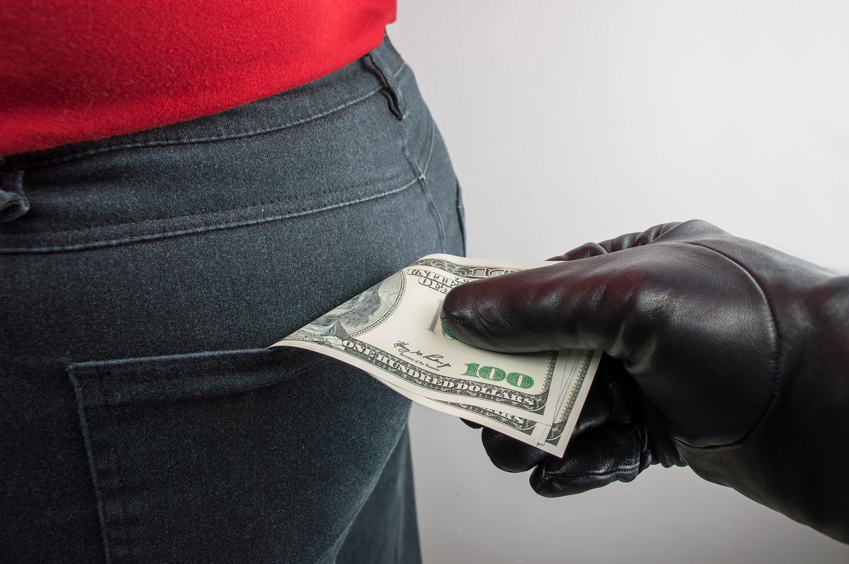A bail-in is the rescue of a financial institution that is on the brink of failure whereby creditors and depositors take a loss on their holdings. A bail-in is the opposite of a bailout, which involves the rescue of a financial institution by external parties, typically governments that use taxpayers money. Bailouts have been far more common than bail-ins. However, in recent years, and
following massive bailouts, some governments now require the investors and depositors of a bank to take a loss before taxpayers.
Bail-ins and bailouts arise out of necessity rather than choice. Investors and deposit-holders in a troubled financial institution, would prefer to keep the organization solvent, rather than face the alternative of losing the full value of their investments or deposits if the bank fails. Governments also would prefer not to let a financial institution fail because a bankruptcy on this scale could
increase the likelihood of systemic risk in the market.
Typically, a bail-in would occur in cases where a government bailout is unlikely because either (a) the financial institution’s collapse is not likely to pose a systemic risk because it does not fall into the “too big to fail” category, or (b) the government does not possess the financial resources necessary for a bailout because it is heavily indebted.
The U.S. government offered one of the largest bailouts in history in 2008. In 2013
the Cyprus Bail-in leaves citizens helpless.


